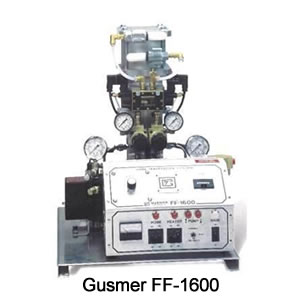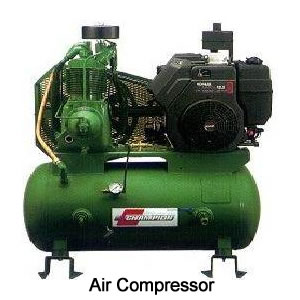Polyurethane Insulation
Polyurethane Insulation
How Polyurethane Foam Is Formed?
Polyurethane Spray Foam Insulation is formed when two chemicals (Diisocyanate and Polyol) are mixed together in the presence of suitable catalysts and activators. In spray foams, this takes place in the small mixing chambers of the hand-held spray gun. The gun is fed by hoses from metering pumps placed in each component drum chemicals. On mixing, the reaction gives off heat which is used to vaporize a refrigerant-blowing agent which causes the mix to expand to a foam some 30 times the volume of the liquid constituents. Thus, the normal density of the foam is in the range of 30 to 38 kg/m3, and by virtue of the low thermal conductivity of the gas entrapped within the foam cells, provides excellent insulation value.
Why Polyurethane Insulation
Advantages
Comparative Data On Insulating Materials
| K-FACTOR (Btu/hr.ft2, °F) | INSULATION MATERIAL | R-VALUE (hr.ft2, °F/Btu) | THICKNESS REQUIRED |
|---|---|---|---|
| 0.14 | Polyurethane | 7.14 | 1″ |
| 0.24 | Glass Fiber | 4.17 | 1-7/8″ |
| 0.26 | Ext. Polystyrene | 3.85 | 2″ |
| 0.35 | Foam Glass | 2.86 | 2.5″ |
| 0.36 | Wood Fiberboard | 2.78 | 2.5″ |
| 0.36 | Ext. Perlite | 2.78 | 2.5″ |





